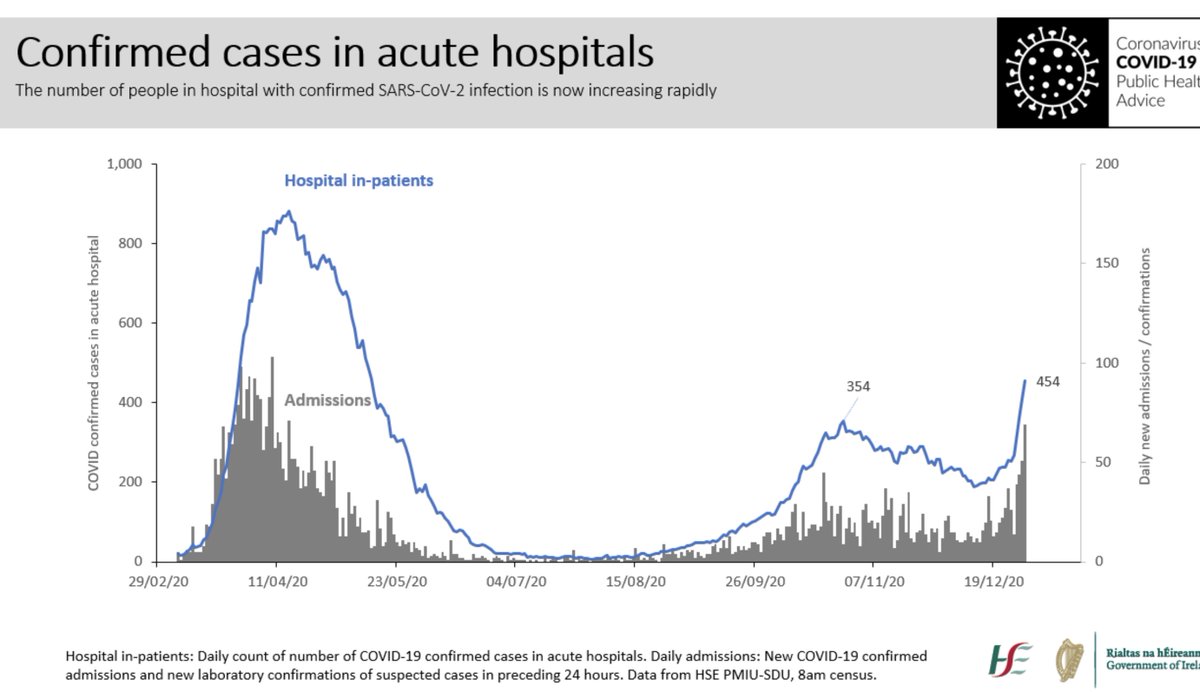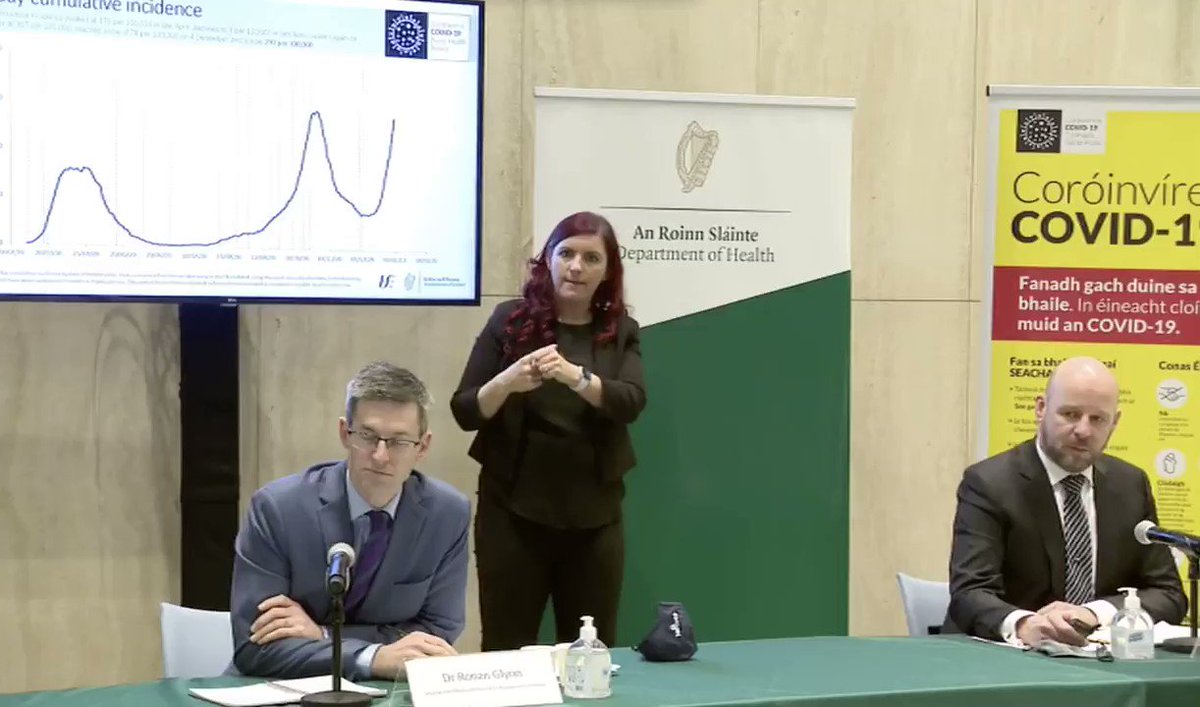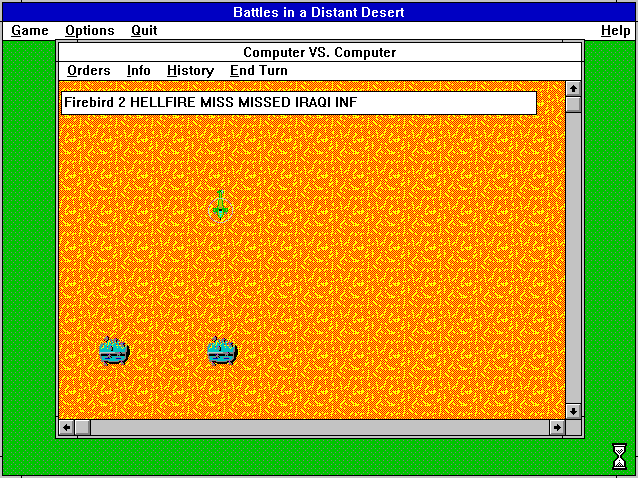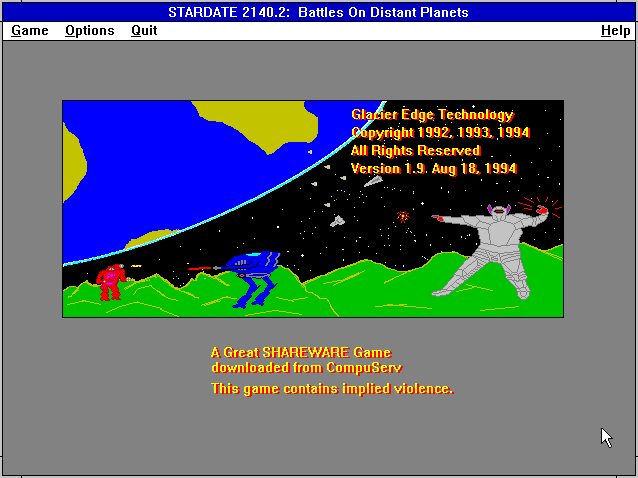
Thread contd: Gap was 4,000 yesterday. Now it's much bigger again.
The system wasn't designed to handle the influx of testing, Prof Nolan said he's accounted for it in models.
This means confirmed cases are not representative. It's worse than it looks, if looking at just cases.


The ESRI provides health capacity modelling. If we get R back below 1 very soon, we'll be looking at 700 to 1000 people in hospital with Covid at the one time in January.
Early pandemic peak was 880.
https://t.co/Ay2RsAtMaR
Last time we peaked like that the health system was essentially closed to nearly all but Covid, the aim is avoid needing to do that.
That's one thing, but as they haven't been tested, we won't in any sense be tracking *their* contacts.
https://t.co/wunyr99AOa
2021 will be brighter for sure. But firstly we need to get the spread of the virus back under control. Positivity rates yesterday at 22% with some centres reaching 50%. It's quite rampant & high risk. But we can turn this around again. Let's do it. @HSELive #COVID19
— Paul Reid (@paulreiddublin) January 1, 2021
Press release today, Dr Holohan, the message isn't complex:

Hospitalisations and ICU figures are most relevant for next period.
There is no indication it makes people sicker than any other version, and scientists are confident the vaccines will still work with it.
Hopefully that's brought both you who read this far up to date.
Mega thread on seismic few days of the pandemic in Ireland.
— Mark_Coughlan (@Mark_Coughlan) January 1, 2021
\U0001f4cdThe govt implemented level five.
\U0001f4cdMore info about the UK variant.
\U0001f4cdAnd NPHET held one of the most important briefings in months on New Years Eve.
What's happened and where does it leave us now?
Further testing this week of #SARSCoV2 samples dating from #December 23rd to 29th has detected 9 additional #UKvariant cases in #Ireland. This brings the total number of cases identified @nvrlucdireland to 16 (of 169 tested to date) 1/2 https://t.co/gBEy0VjXO7
— Cillian De Gascun (@CillianDeGascun) January 1, 2021


















